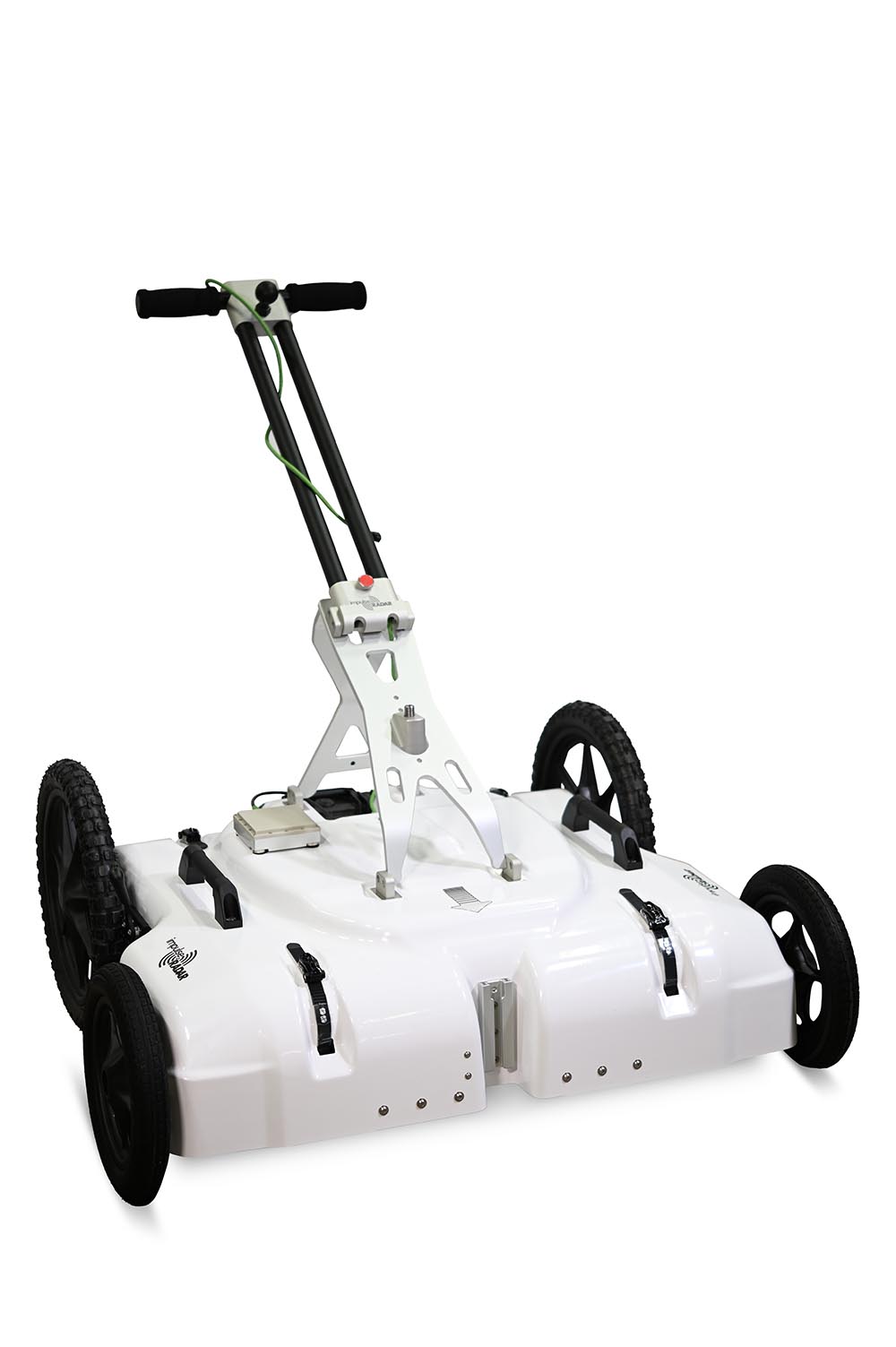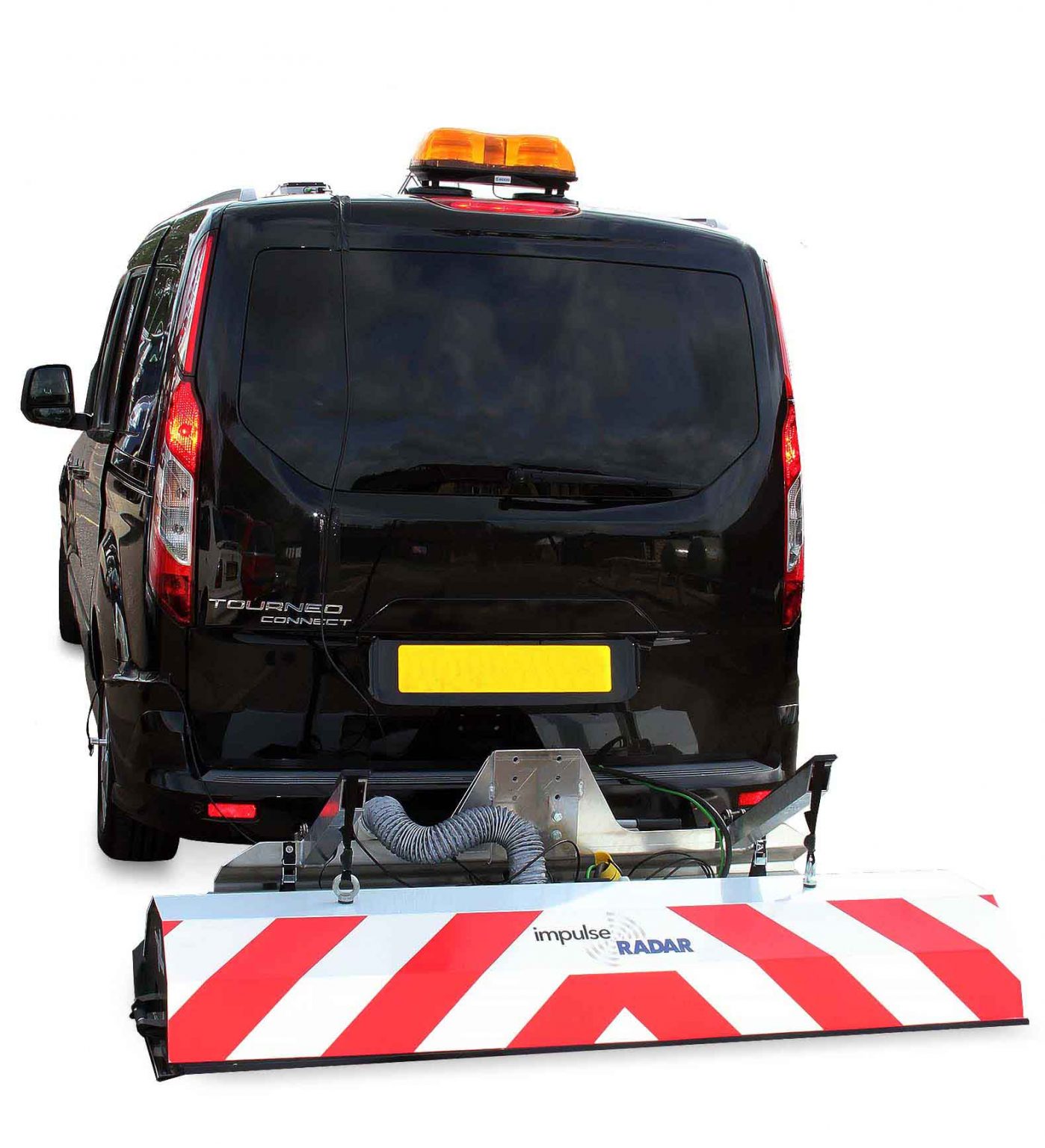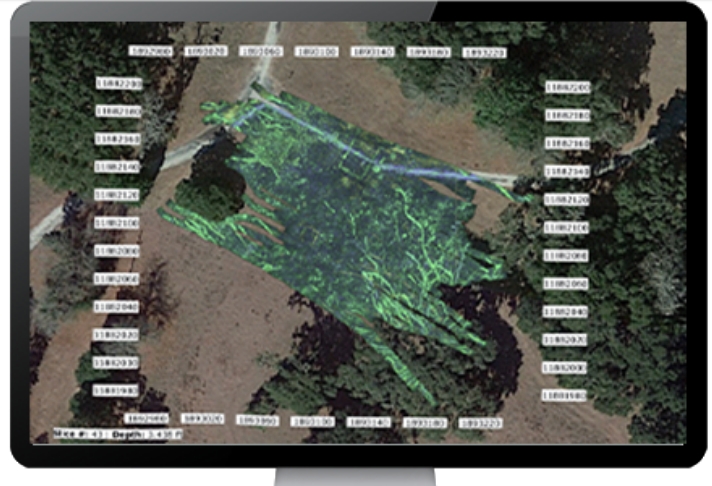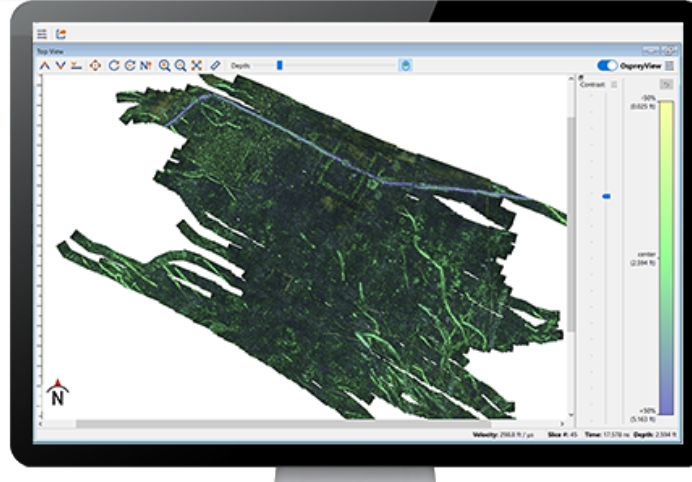Tree
Non-destructive techniques for examining and analyzing roots have become increasingly popular in recent years, owing to their ability to provide insights on the structure of tree roots without inflicting damage to the tree. The use of these techniques allows for undisturbed growth and ongoing observation of tree roots, enabling long-term monitoring of their systems.
GPR technology is applied in the identification and depiction of roots, along with determining the amount and thickness of root biomass. The GPR has demonstrated remarkable promise owing to its accuracy and accessibility.








